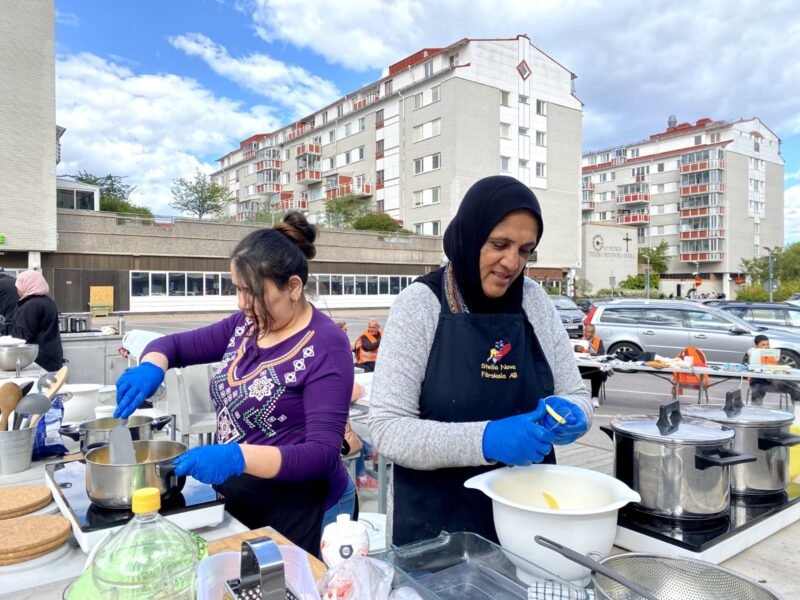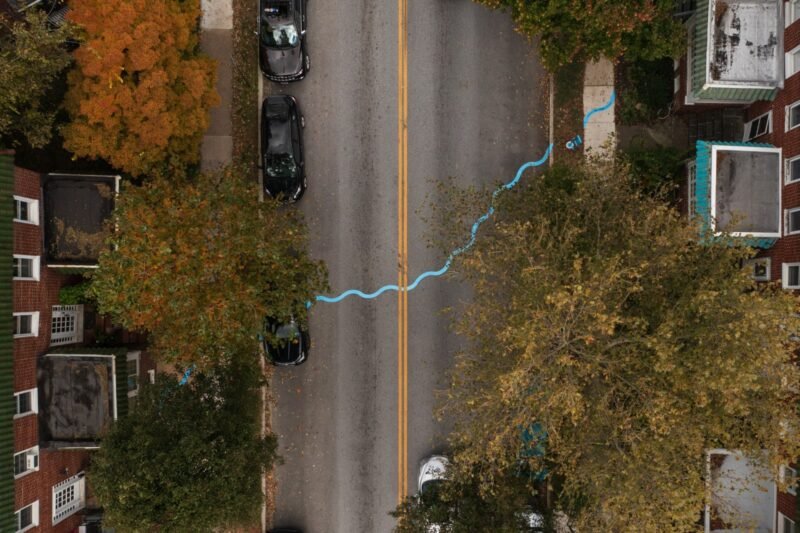Shade Stands: Bottom-Up Urbanism In Kampala
What does innovation look like in cities that are not as developed as most Western cities? Broadening our scope, we’re taking a look at great interventions in cities that suffer from problems that are slightly different than those in Amsterdam, London and NYC, such as the Shade Stands project, an impressive bottom-up initiative in Kampala, Uganda.
James Kityo is one of the winners of the Philips Livable Cities Awards, a program that focuses on supporting initiatives that make cities healthier, safer and more livable. As an urban planner and consultant in Kampala, Kityo came up with an innovative yet clear plan to improve public space by building shelters in public space for the Ugandan people. Using recycled materials, the Shade Stands intervention regards the installation of 45 interactive shelters at key transfer points throughout Kampala. The project recently kicked off with support from a team of local artists and specialists. Meanwhile even the authorities have begun to fully support Kityo.
For Western people it’s nothing more than normal that they’re protected against heavy weather conditions at bus stops or train stations. In Kampala this is different — people suffer from the torrential rain and searing heat at the bus stop while they’re waiting. “Shades are one thing that not many people consider putting up in towns and cities, yet they help people to get that much needed shelter during their travels”, says Sarah Nakimbowa, a resident of Wobulenzi Town. The shelters provide direct protection against the sun and rain to mothers and babies, elderly and people with disabilities. Furthermore, information panels will contain messages about health issues like cancer prevention, breast-feeding and tolerance in the home.

Learn more about Kityo’s progress on the Meaningful Innovation website!



